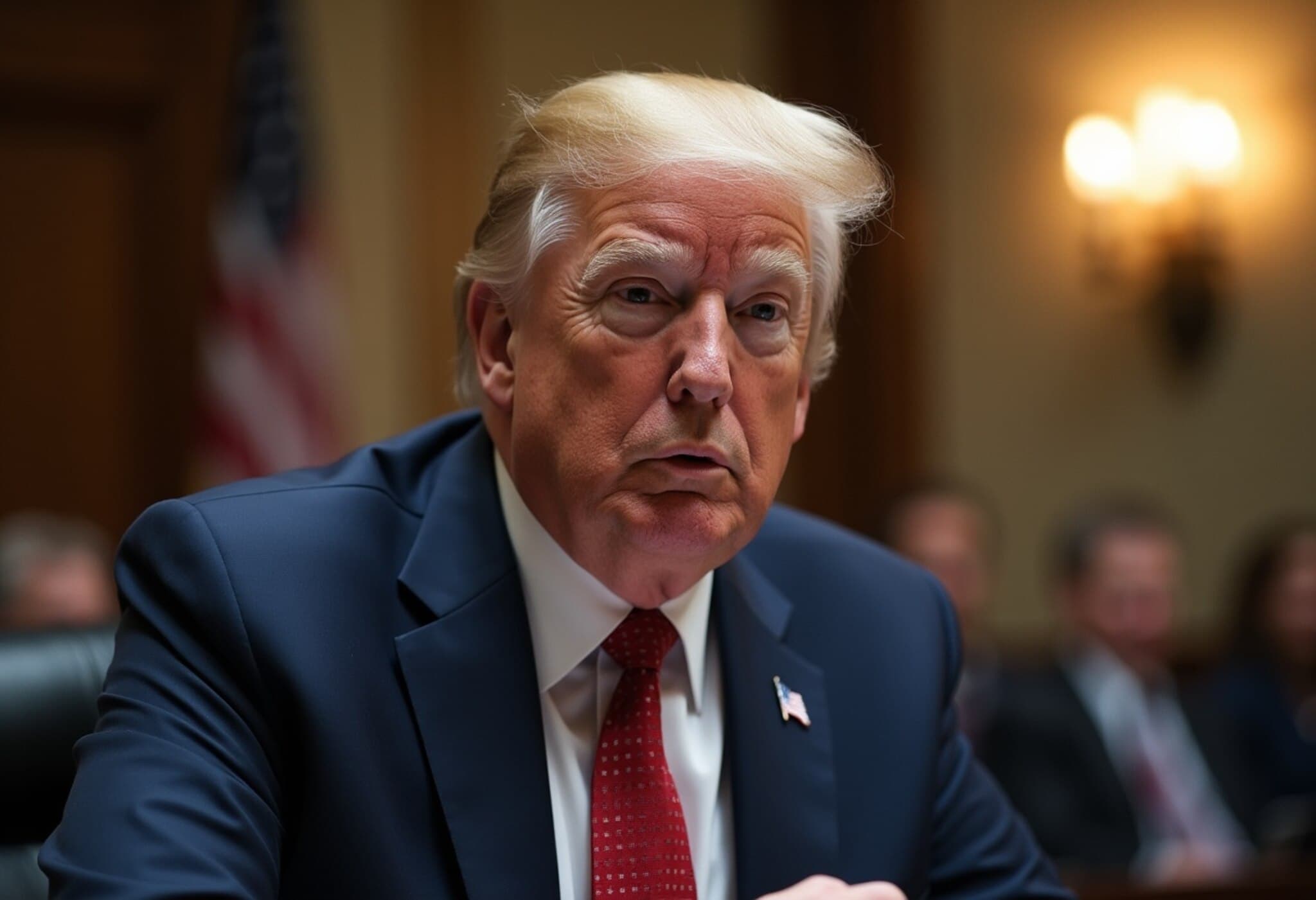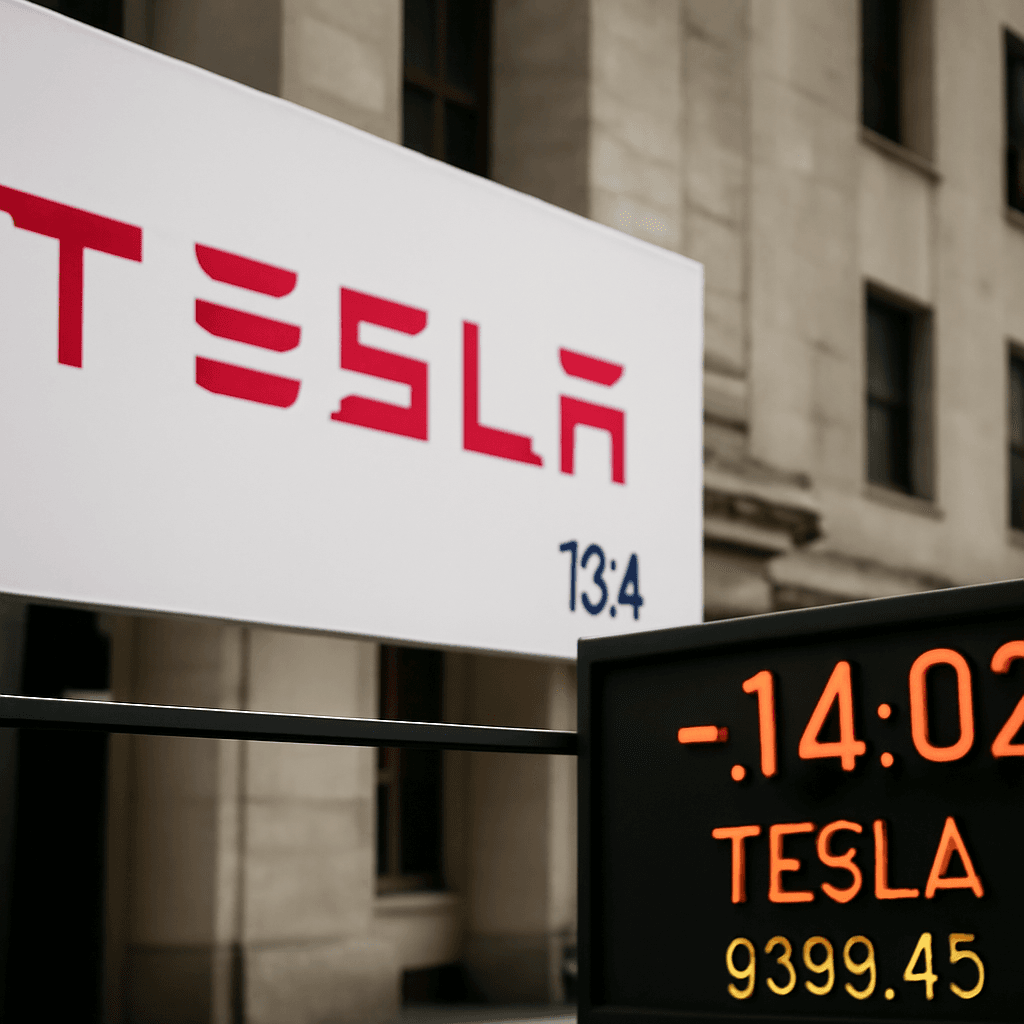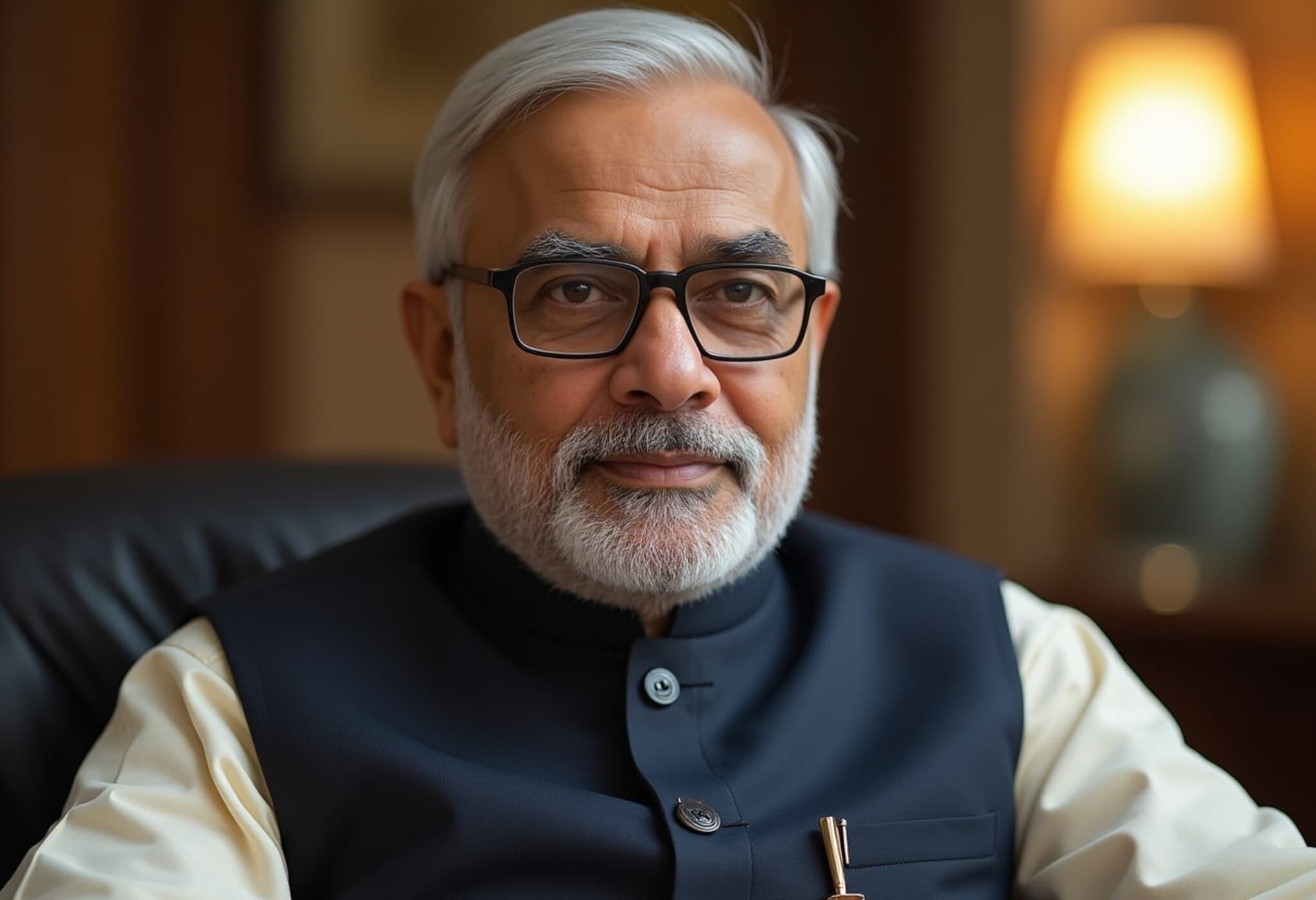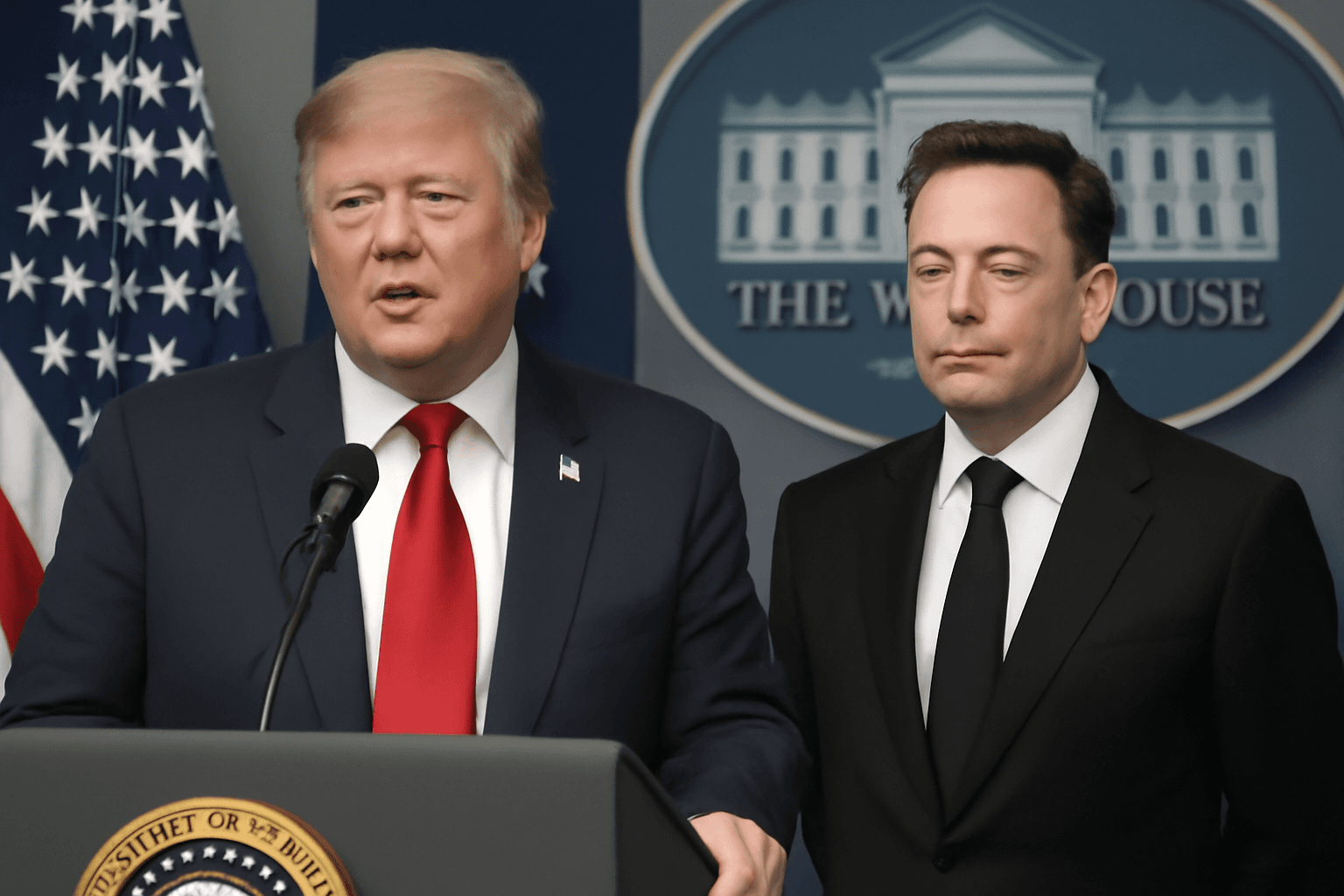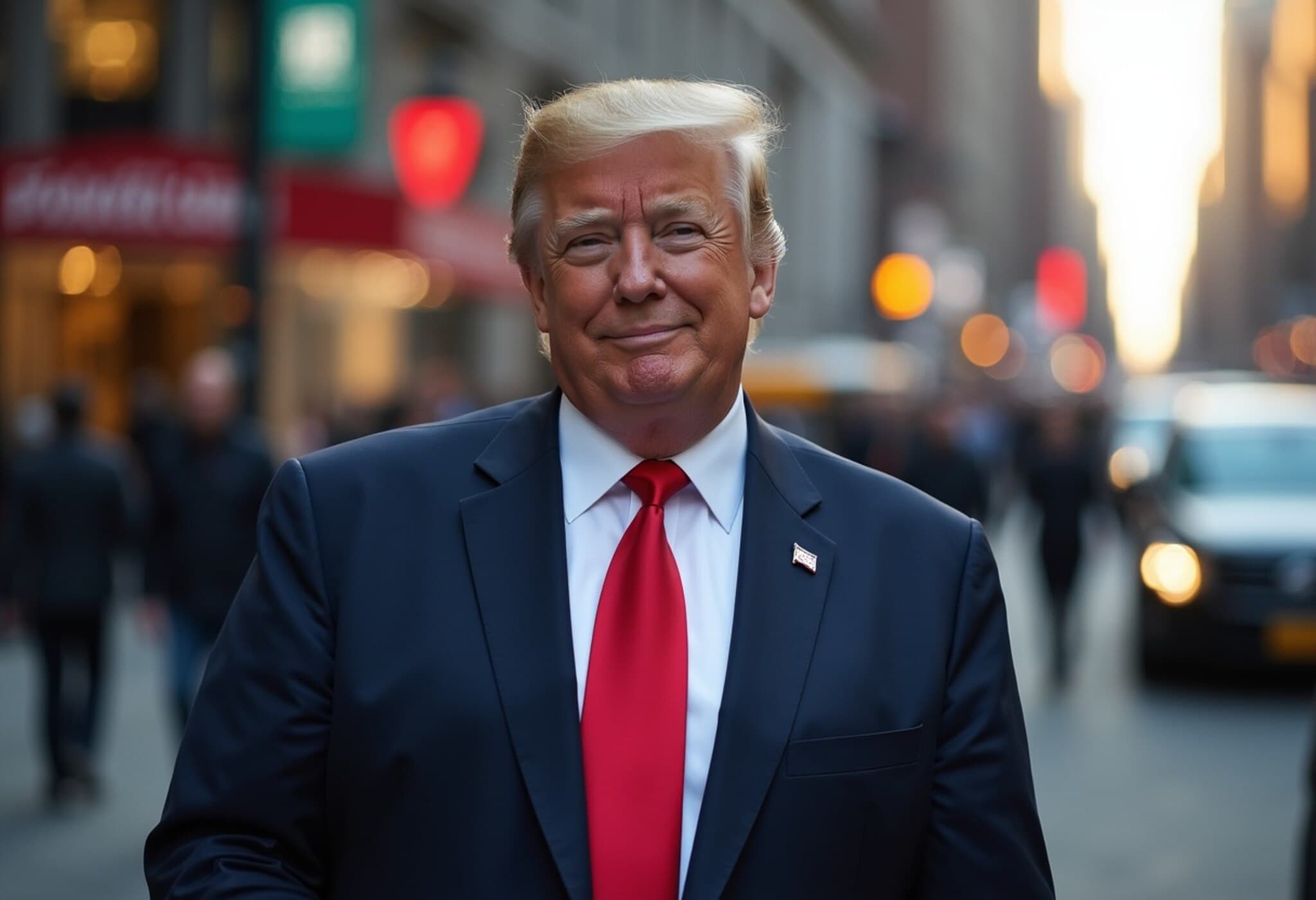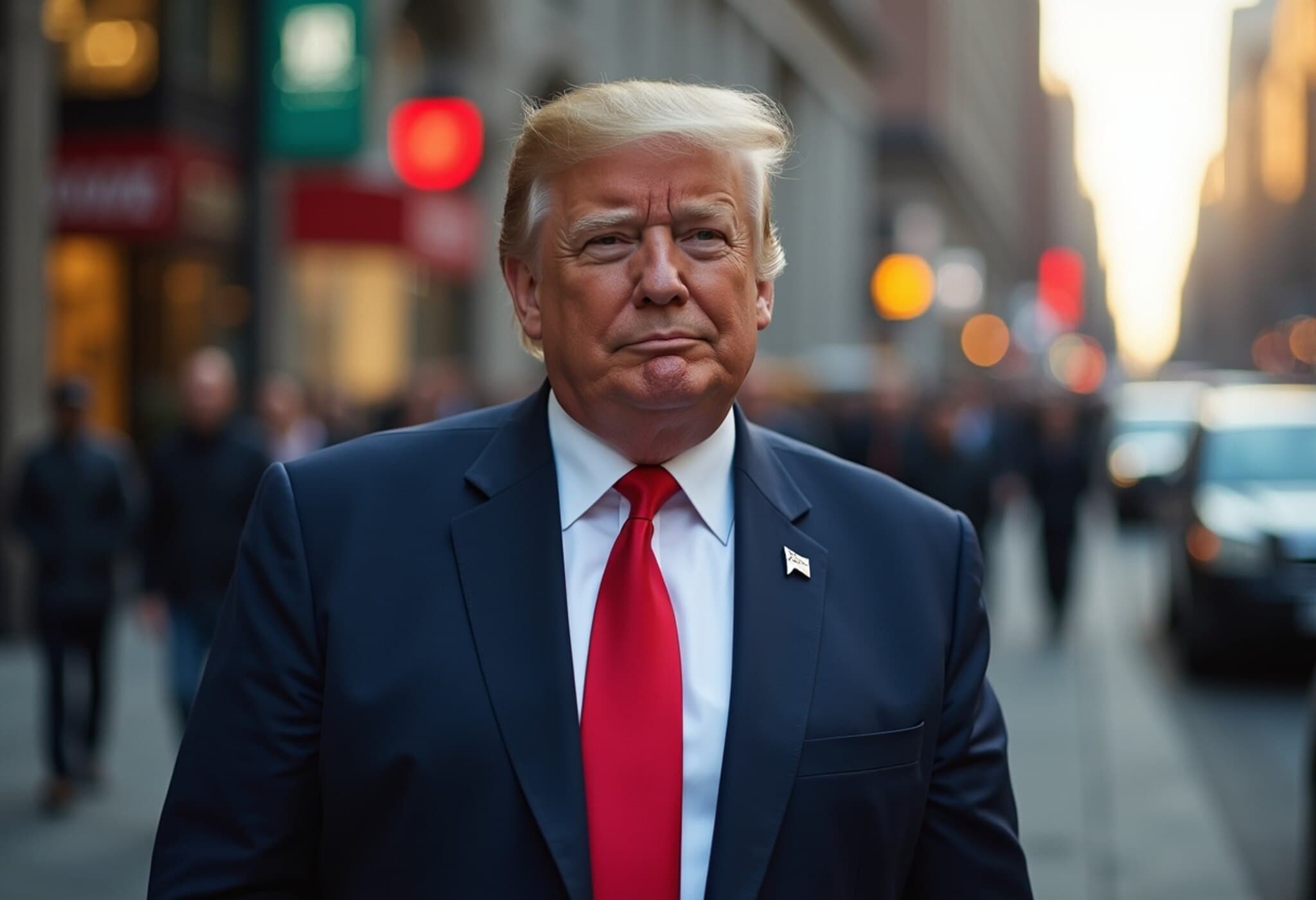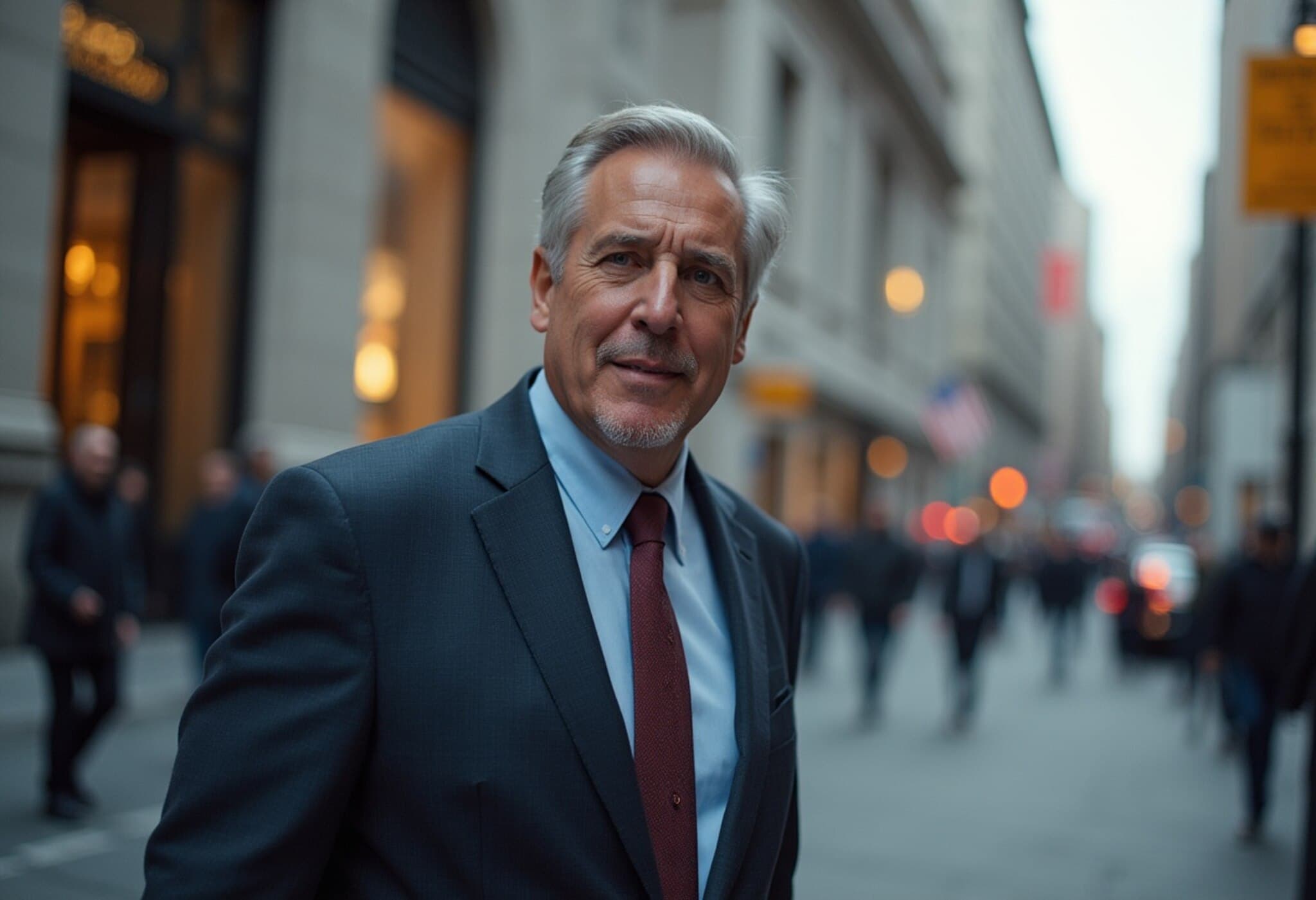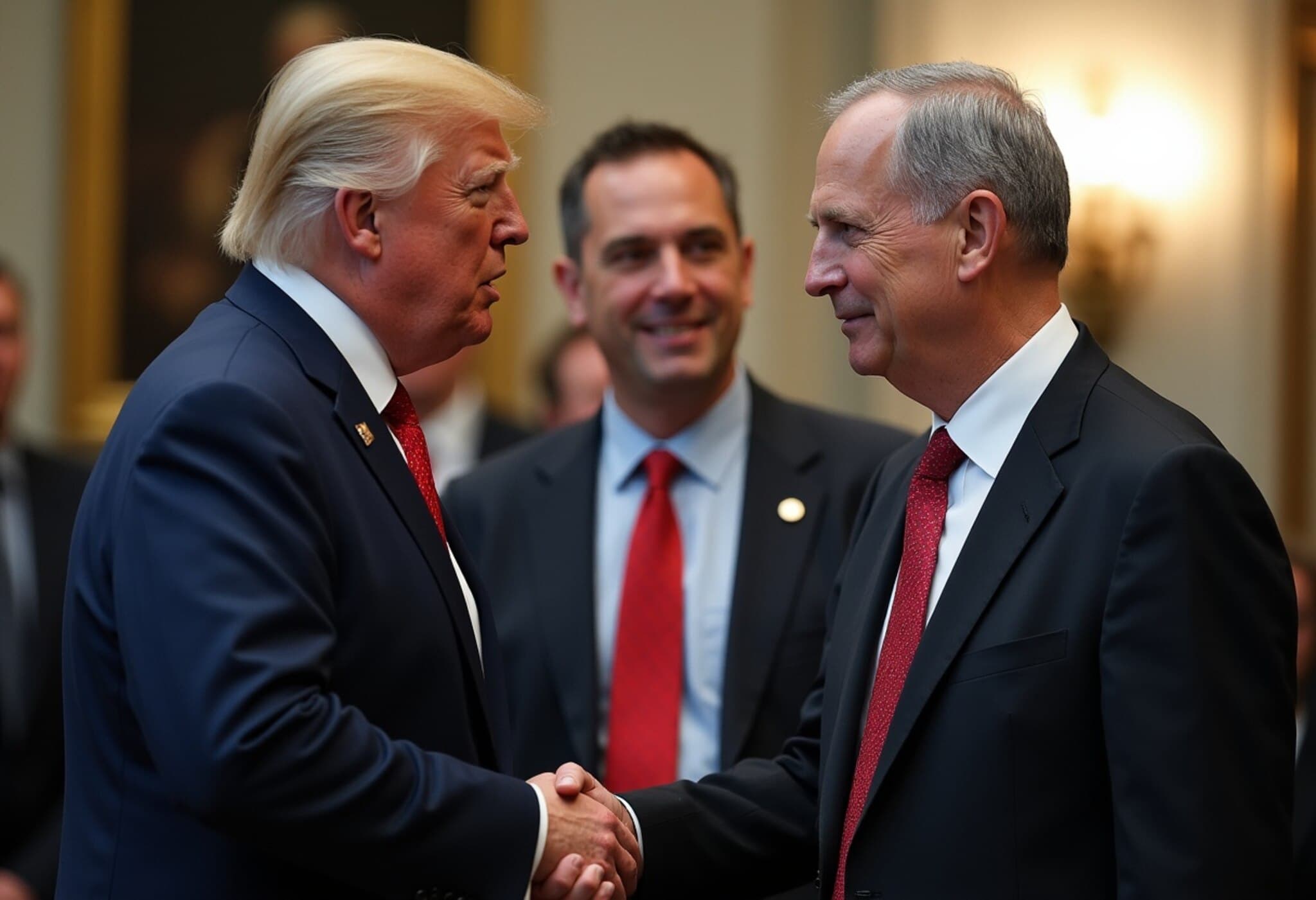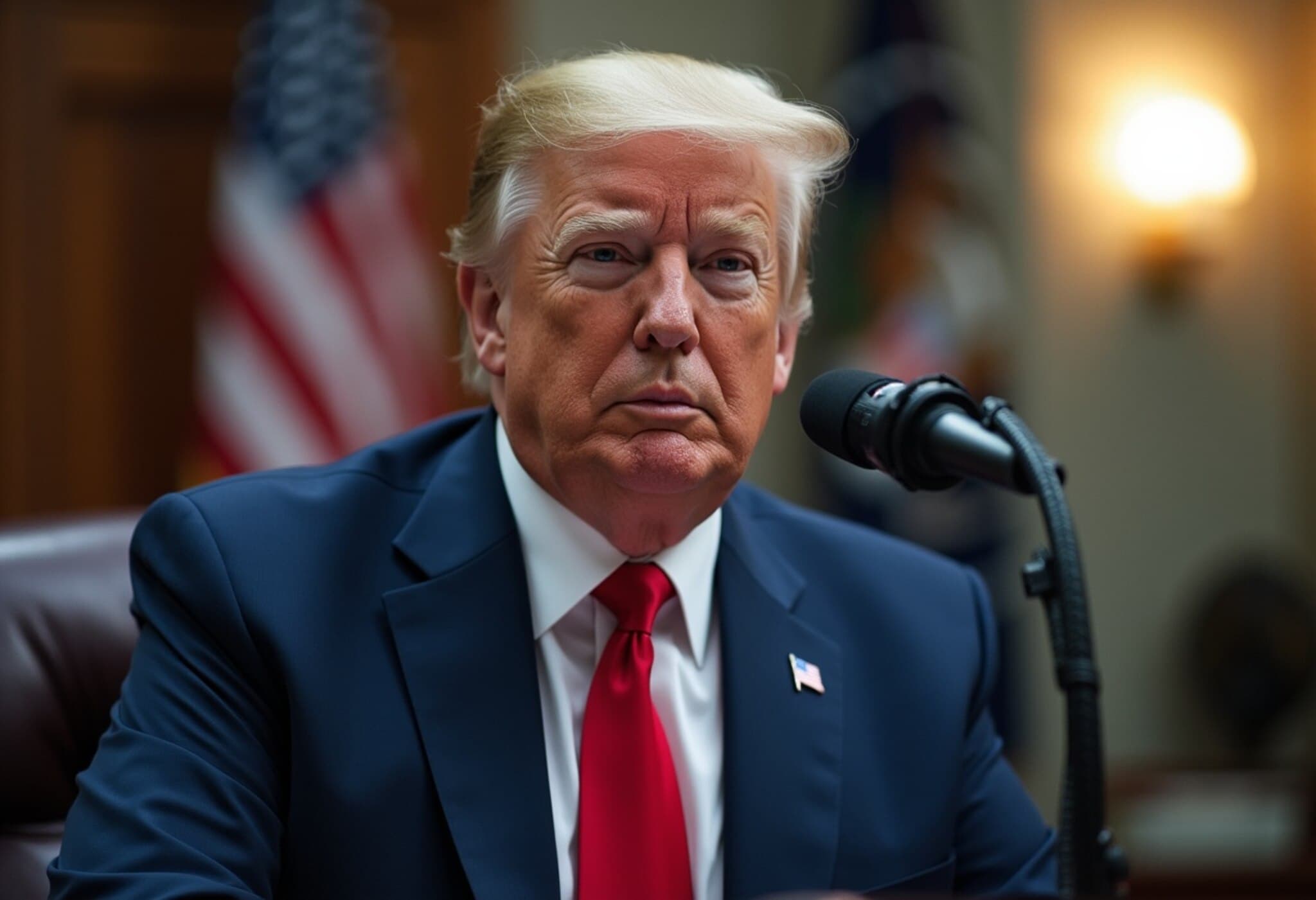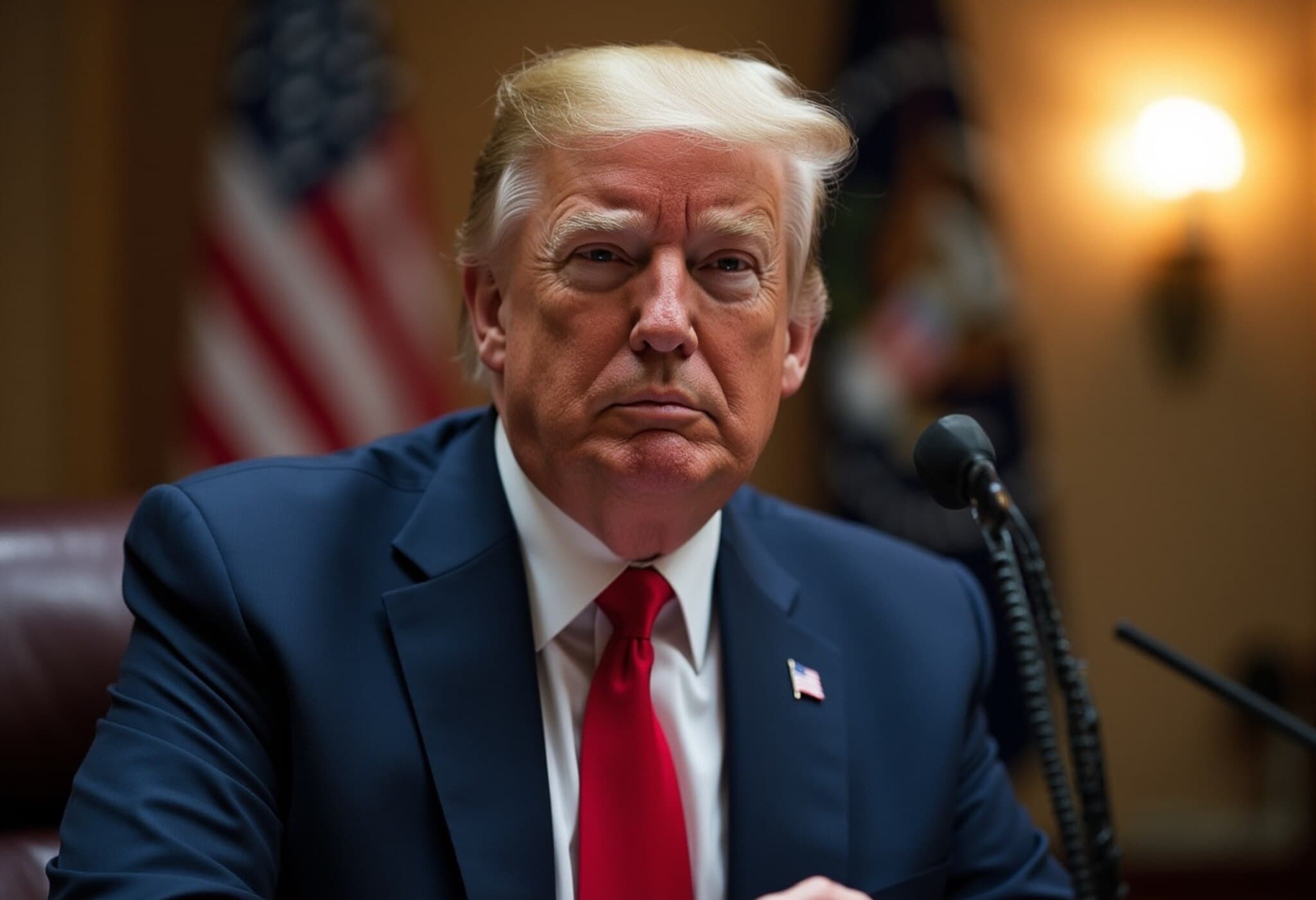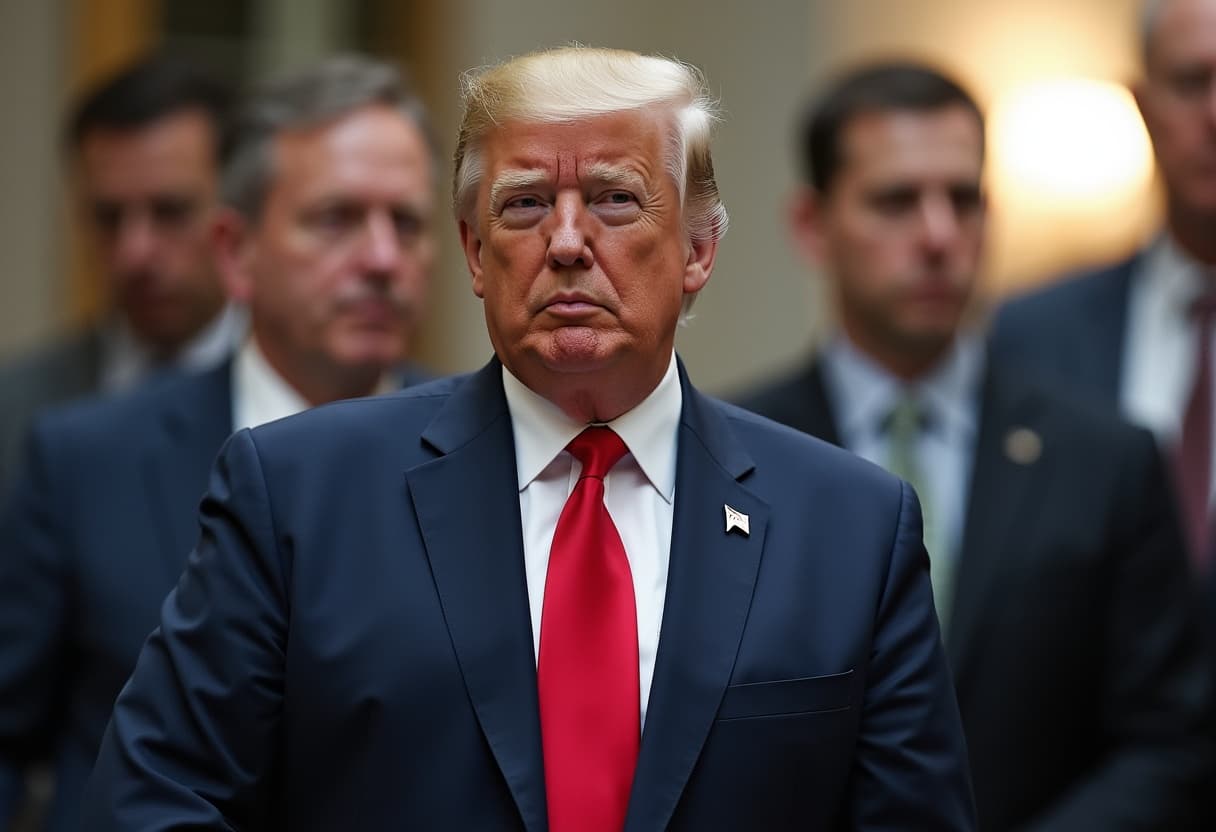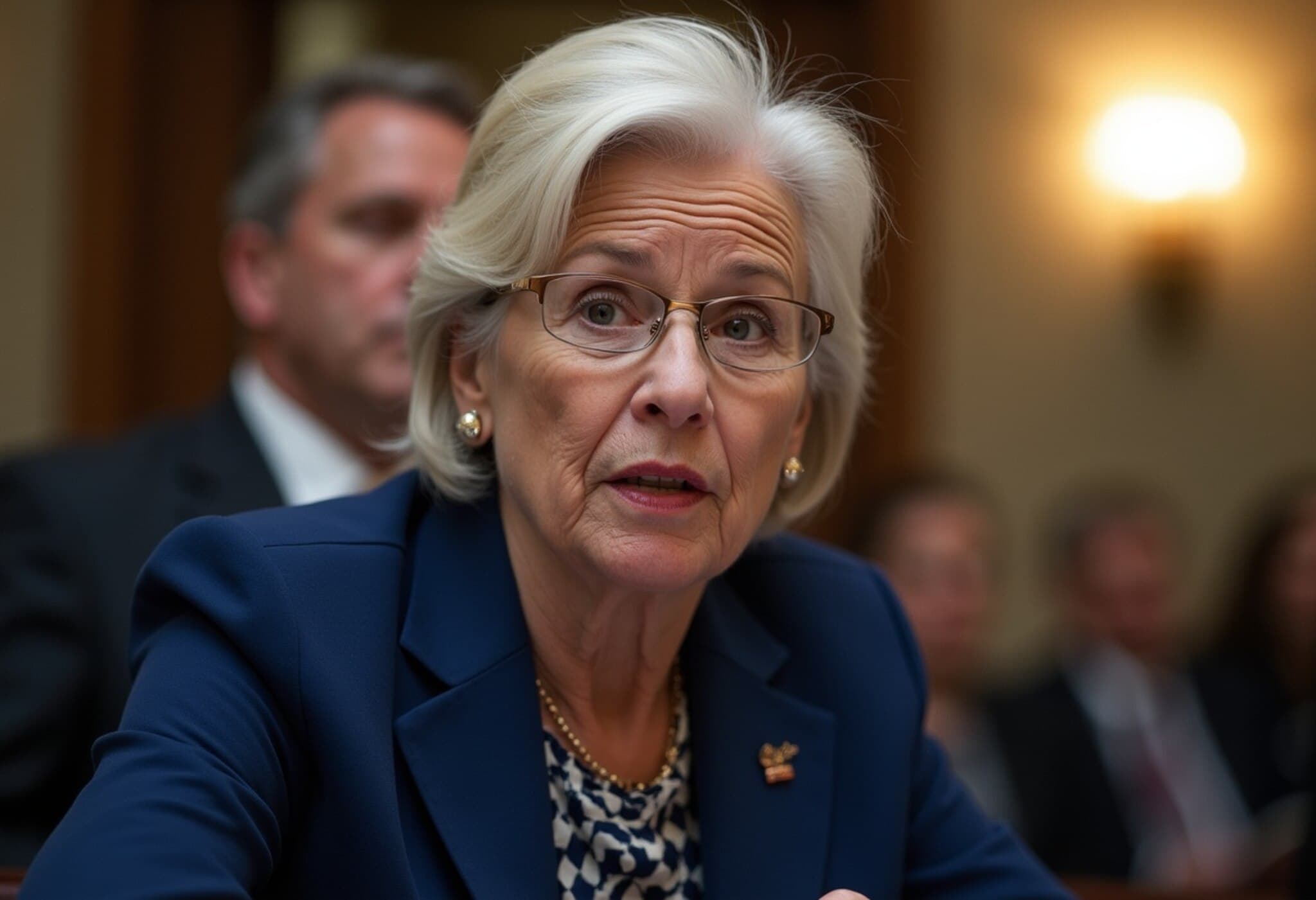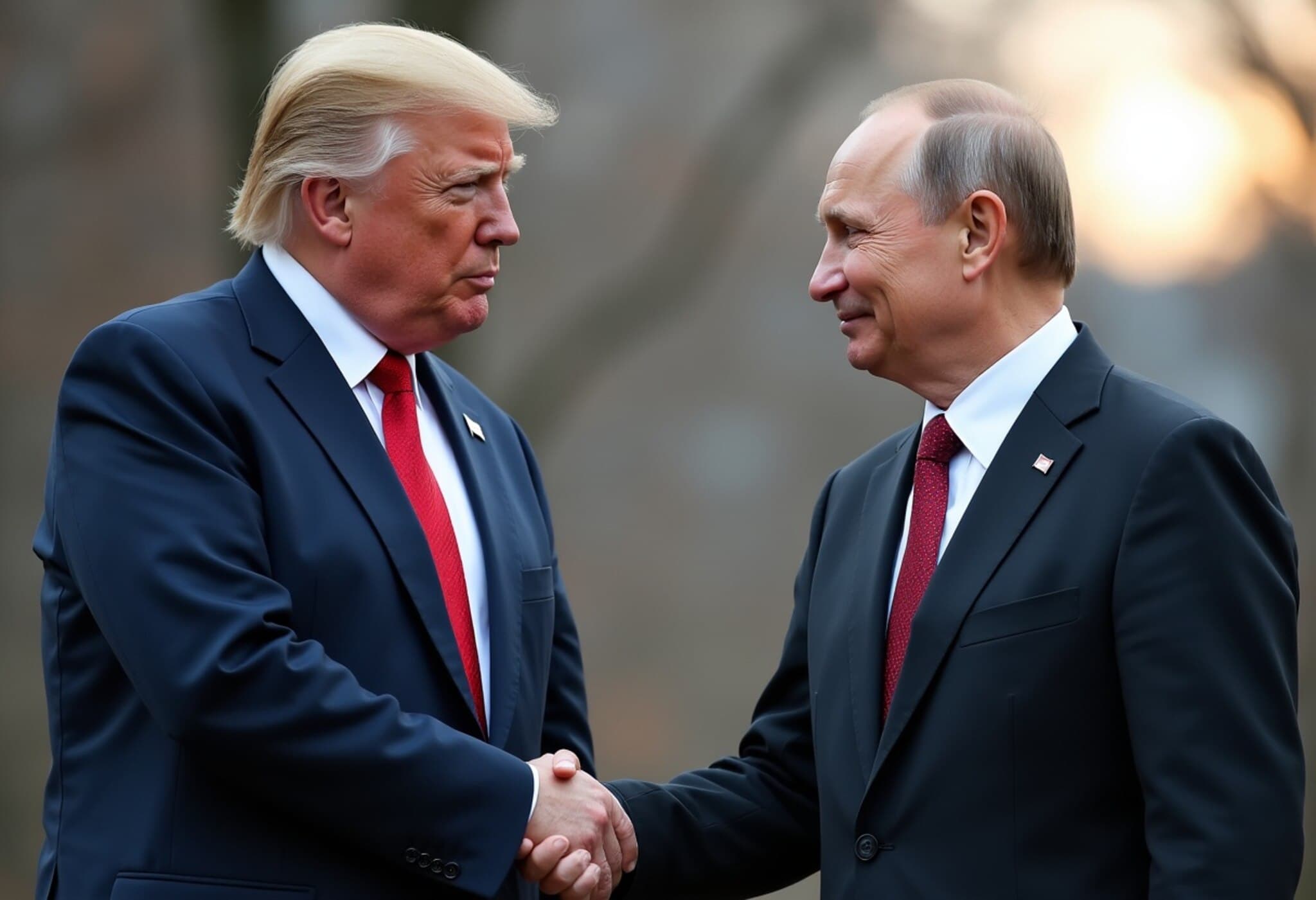Trump Widens the Hunt for Federal Reserve Chair as Powell’s Term Nears End
As Federal Reserve Chair Jerome Powell’s term approaches its conclusion in May 2026, former President Donald Trump's team is broadening its search for potential successors. According to a recent Wall Street Journal report, the list of candidates has expanded to roughly 10 individuals, featuring a mix of familiar Federal Reserve veterans and seasoned economic advisors.
New Faces and Familiar Names Entering the Fray
Among the frontrunners is James Bullard, the former president of the St. Louis Federal Reserve Bank, known for his often outspoken and hawkish views on monetary policy. Alongside Bullard, the list includes Marc Sumerlin, an economic adviser with long-standing ties to the Republican establishment, having served under President George W. Bush.
Alongside these new additions, some previously reported contenders remain on the table. Kevin Hassett, current director of the National Economic Council; Kevin Warsh, a former Fed governor; and Christopher Waller, a sitting Fed governor, continue to be considered viable candidates. Treasury Secretary Scott Bessent is playing a key role in guiding this selection process amid the evolving dynamics.
Context: Trump’s Strained Relationship with Powell and the Fed
Trump’s criticism of Powell has been consistent throughout 2025, mainly focused on the Fed’s reluctance to cut interest rates amid concerns over slowing economic growth. This signaled a departure from the initial support he showed when appointing Powell during his presidency. The expanded candidate list suggests a strategic pivot, possibly aiming for a Fed chair with a different monetary philosophy to steer U.S. economic policy.
Implications for the Federal Reserve’s Future Direction
The broadening search reflects deeper uncertainty in the U.S. economic landscape as inflation pressures persist and global markets remain volatile. A Fed chair's approach to interest rates can significantly shape investment, employment, and inflation trajectories—key factors in the everyday lives of Americans and broader global economic stability.
Beyond the chairmanship, the Fed Board itself is undergoing changes. Recent developments include the unexpected resignation of Adriana Kugler, a Biden appointee known for her caution against rate cuts. Her departure has prompted swift action from the Trump administration to nominate replacements, including Stephen Miran of the Council of Economic Advisers filling her seat temporarily and ongoing searches for a candidate to fill a full 14-year term starting February 2026.
Expert Analysis: What’s at Stake?
Monetary policy leadership is a pivotal lever for the U.S. economy. Finding a Fed chair aligned with the administration’s priorities could mean significant shifts in how inflation, employment, and growth are balanced. Candidates like Bullard and Hassett bring reputations that indicate potential shifts towards either stricter inflation controls or more growth-oriented policy.
Additionally, the expanded list showcases the political undercurrents influencing Fed appointments, raising questions about the independence of the institution. Historically, the Fed’s credibility relies heavily on its ability to resist political pressure to ensure long-term economic stability. A chair’s selection process laden with politicking can unsettle markets and investors wary of uncertainty.
Looking Ahead: Timing and Market Reaction
While Trump initially narrowed his list to four top names, the inclusion of roughly 10 candidates signals a more thorough vetting process, possibly lengthening the appointment timeline. Markets will be watching closely for any indications of the new chair’s monetary stance, given that even subtle shifts in Fed policy can cause ripples in stock prices, bond yields, and currency valuations.
Questions for Further Consideration
- Will the next Fed chair prioritize aggressive inflation control or stimulating economic growth?
- How might political influences shape the Fed’s independence during the upcoming term?
- What regional economic perspectives do candidates like Bullard bring, and how can these affect national policy?
- How will the markets respond to extended uncertainty during the search process?
Editor’s Note:
The evolving search for the Federal Reserve chair underscores the critical crossroads at which U.S. economic policy stands. Balancing inflation, growth, and financial stability amidst political pressure is no easy feat. As this story develops, observers should watch not just who fills the role but how this choice reflects broader philosophies about America’s economic future. The Fed’s leadership is more than a political appointment—it’s a keystone of trust and foresight in uncertain times.

